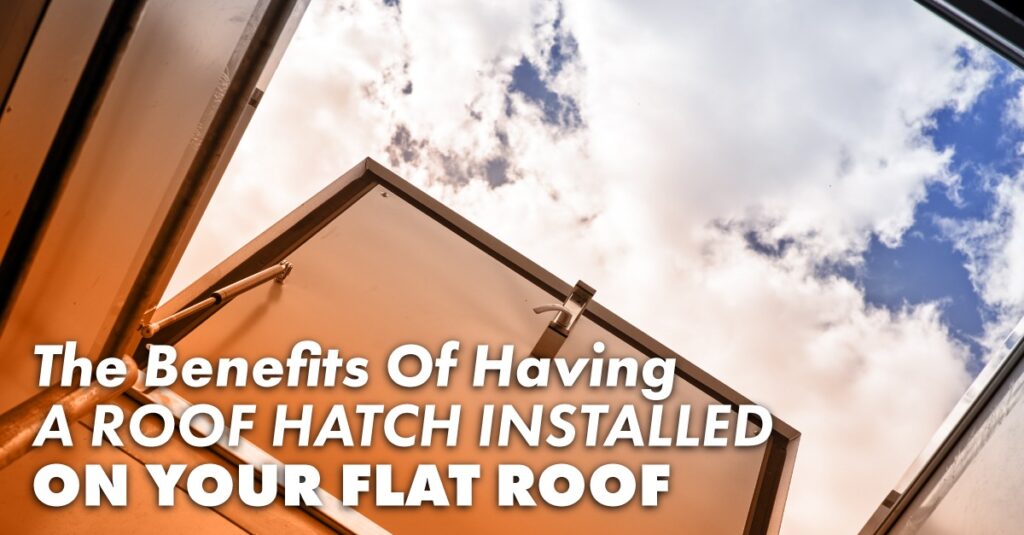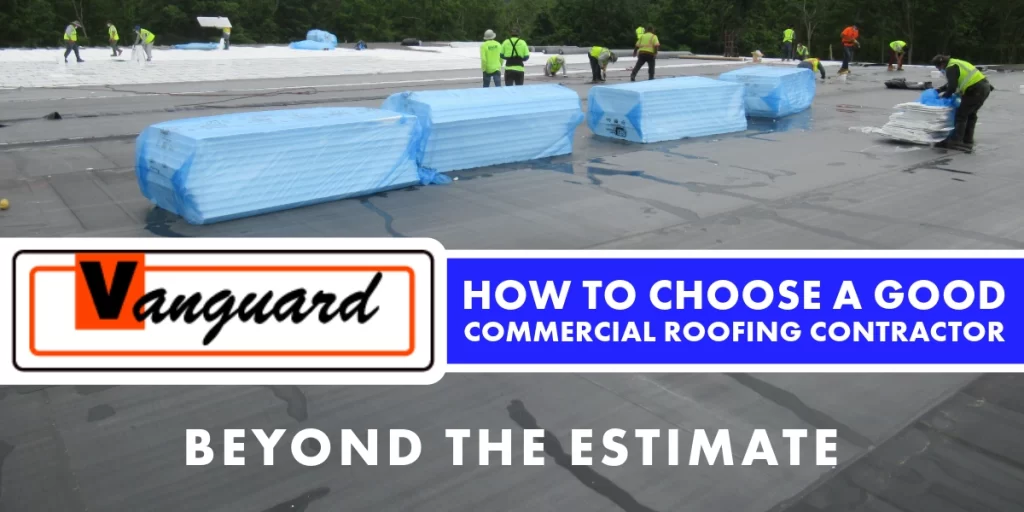Whether strategizing new construction, remodeling an existing property, or inheriting an “heirloom” industrial building, a roof hatch is a must for your property. A roof hatch provides safe and convenient access from within your building to your commercial roof. With an interior ladder, ship stair, or service stair to reach it, you and your facilities crew can climb through the roof hatch onto the low-slope or flat roof well away from the roof perimeter.
Sized for Comfort
Roof hatches are a great solution when you inherit a commercial building offering limited access to the low-slope roof, or when your architect overlooked the needs of your facilities crew.
Roof hatches come in a variety of sizes not only so workers of all … dimensions … can easily reach the roof, but materials can be passed from within the building to the roof, avoiding dangerous hoisting from the roof perimeter.
Disassembled rooftop add-ons can also go down through the roof hatch during changeovers or upgrades.
Safety First
As a manager or owner of a commercial property, you know the mantra, “Safety First,” is not a hollow slogan. It is backed by attorneys striving to protect you and workers’ attorneys seeking any weakness. Safety regarding roofs, and the movement of workers and equipment from building interior to roof, must always be a chief concern.
Roof hatches are a safe, reliable way to provide controlled access to the roof. Details and safety features of roof hatches include:
- A ladder safety post, which is an extension device permanently mounted to the top two rungs of a fixed ladder and provides a steady handhold so workers can enter or exit the square opening in an upright, balanced position
- A guard rail system with a self-closing gate so, with the hatch open, nobody can topple through the hole in your roof
- Cant strips, which are angled pieces which serve not only to force toes away from the hatch but also allow easy water runoff around the curb of the hatch
Regular, conscientious maintenance of all roof hatches should include inspection of safety features, operation at least annually to check the hatch’s performance, and lubrication of moving parts.
Material Choices
When you work with your local, helpful commercial roofer to have a roof hatch installed either as part of new construction, during reroofing, or during an upgrade, you have three basic choices of material for the hatch:
- Galvanized steel, the most common option, provides a basic degree of corrosion resistance; it is typically supplied with only a primer paint finish and you can discuss color options with your roofer (red for safety, black to match BUR roofing; white for PVC membrane, for example)
- Aluminum roof hatches are a price point up from galvanized steel; they are supplied with a mill finish, offer a higher level of corrosion resistance than galvanized steel, and require little or no finish maintenance
- Stainless steel hatches are highly recommended for exposure near chemical plants, coastal areas with a lot of salt in the air, or areas subject to extreme weather conditions; stainless steel hatches are more expensive than aluminum or galvanized steel but offer the absolute best level of corrosion resistance
Reap the Benefits
If you inherited a commercial property lacking a roof hatch, you are missing out on all these time-savers, energy savers, and safety features:
- Safety hatches are lightweight and engineered for easy, one-handed operation, so even your smallest-framed facilities crewmember can move material safely up from inside your building
- Safety gates and guard rails prevent falls, while central placement of the hatch prevents perimeter accidents
- Roof hatches can serve as skylights, providing extra light inside your building
- To prevent facilities crewmembers being stuck on the roof, the roof hatches have automatic open-lock positions
- The fully thermally insulated construction and double sealing between cover and curb ensure energy efficiency, even in cold weather conditions
- No icing or condensation can occur on the inside of the roof hatch, so dripping water is never a concern
Easy Installation
When you choose to have a roof hatch installed by your commercial roofer, rest assured you will reap all the benefits without any worries about water infiltration. Your roofer will:
- Cut a strategically placed opening in your building’s low-slope or flat roof
- Install a raised metal curb around the opening, securing it to your roof deck
- Mechanically attach the roof hatch to the curb, sealing all seams on all sides to prevent leaks
- Mechanically attach guard rails or safety gates to the roof hatch (not your flat roof)
Vanguard Roofing provides experienced, professional roofers to companies in northeastern seven states. We sweat the details, from modern roof hatches and guard rails to Old World slate roofs. Please contact us today to schedule a site visit, discuss roof safety, commercial roof maintenance programs, and more.



